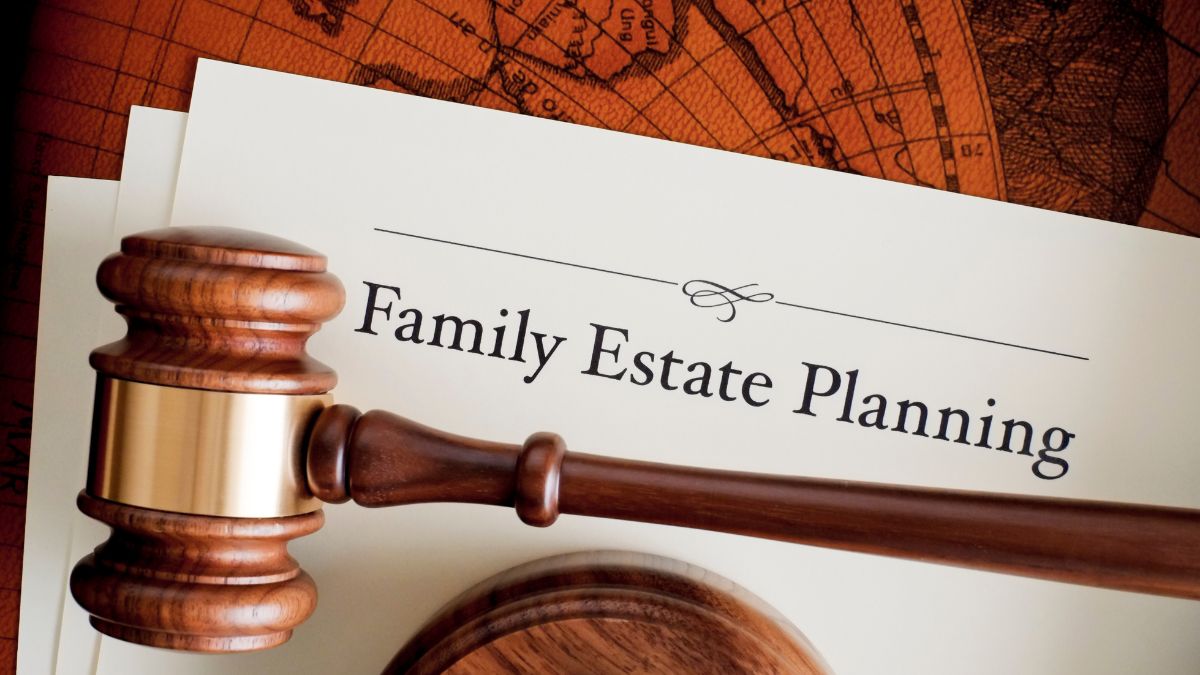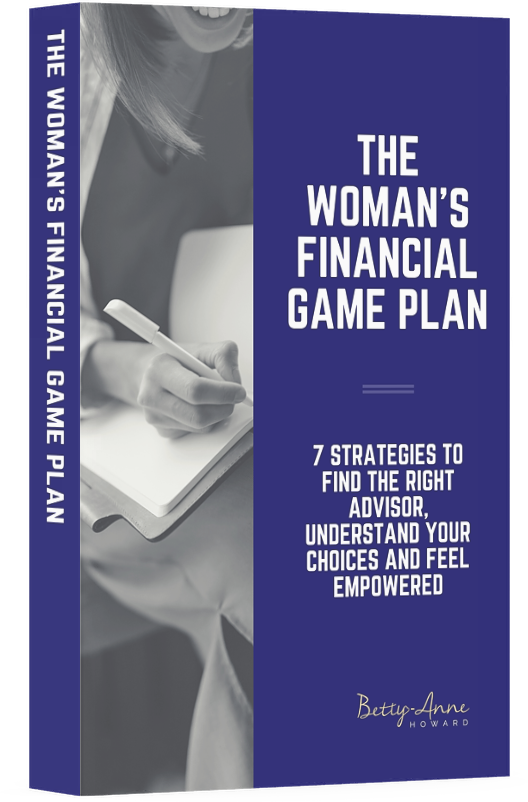
“Someone is sitting in the shade today because someone planted a tree a long time ago.”
– Warren Buffett
A family cottage is a blessing. But unfortunately, only about 8% of Canadians own a vacation property, so if you are one of those families, you are very lucky.
I am one of the lucky few with a family cottage. My grandparents purchased a little lakefront cottage back in the late 60s. At the time, they were one of only three cottages on the bay and the last family on the road. Today, there are over a dozen cottages on the road, with two more in the process of being built.
We’ve also watched as cottages around us have changed hands, from generation to generation, and from one owner to another. As a result, we have people on the bay whose home is anywhere from 45 minutes to 4 hours away. It’s clear that there is a HUGE demand for vacation property, and there’s only so much to go around.
Not only are people looking to purchase a vacation property, but according to ReMax, there is a current trend in Canada of more homeowners looking to move out of urban areas and into recreational markets or “cottage country,” as we would say. I am witnessing this first hand. I live in a little community called Whitewater Region, about an hour west of Ottawa. We are seeing more and more people coming our way as highway 17 is slowly widened from two to four lanes.
So what happens when demand is high and supply is low? We’re seeing it all over the real estate market; prices go up. And when the value of vacation property goes up, we have to start paying closer attention to our plans around transferring that property to the next generation.
Communicating your estate plans

My grandparents couldn’t have imagined when they bought it that their little slice of heaven would have more than quadrupled in value by the time they passed it onto their children. Well, maybe my grandpa did; he was a BIG believer in investing in real estate. As a result, our little cottage underwent a few different ownership structures as Nana and Pa’s estate plans changed over the years.
They didn’t talk much about it; it was all hush-hush. The funny thing about cottages is that although everyone likes to go there, not many people want to talk about how the property will be transferred to the next generation. At least not to each other.
This lack of communication is a huge problem. How we plan for intergenerational transfer of vacation property has a massive bearing on whether or not the next generation can actually afford to KEEP the property in the family.
I know without a shadow of a doubt that had my grandparents not carefully planned to transfer that little property they bought in the 60’s to the next generation, no one in my family could afford to purchase it today. So it is now our responsibility to carefully manage it and transfer it to the third generation to ensure that we keep bringing our kids and grandkids to the lake.
Common problems with cottage transfers

With so much information out there, figuring out how to start planning for this eventuality can get very convoluted. No two situations are the same, and once we throw our emotions about it into the mix, things can get very overwhelming, very quickly. And, of course, when things feel overwhelming, we tend to avoid them.
On the flip side, you might be in the receiving generation. If that’s the case, you might think, well, the older generation set it up, I’m sure they know what they’re doing, surely they’ve asked all the right questions. I don’t want to rock the boat. But the question remains: will it turn out the way we think?
What happens if we do nothing and assume it’s “fine.” Well, without proper planning, there can be many unintended consequences, such as:
- A large estate tax bill;
- There’s a possibility with a joint-with-rights-of-survivorship designation that some members of the family could end up having to pay tax and yet inherit nothing
- The estate might have to liquidate assets to pay taxes that otherwise were allocated to other beneficiaries (think Johnny gets the cottage and Janey gets the RRIFs)
- Infighting amongst beneficiaries (wait a minute, Janey had to pay the estate taxes from her bequest and Johnny gets the property free and clear?)
- The property falls into disrepair or conflict (Johnny separates from Susie, and Susie now wants half of the property’s value).
Top 5 things to prepare for a cottage transfer
With so many things to consider, it’s no wonder that things get overwhelming quickly. The good news is that we deal with these conversations all the time, and with personal experience to back it up, here are our Top 5 things you can do now to prepare to transfer a cottage.
#1 – Keep good records

It’s imperative to keep good records for your cottage property. Make sure that whomever is the current owner of the cottage has records of how the property was valued when the ownership was transferred to their name. This is likely in the form of legal documents when the deed transferred or the terminal return of the previous owner.
In addition, keep your receipts for work done on the cottage. New roof? Keep the receipt! Septic work? Keep the receipt! The work you put into the cottage will reduce your overall ACB (the adjusted cost base). The ACB is the underlying value that your accountant will use to calculate the capital gain for your inheritors once you have passed. The higher your ACB, the lower the capital gain.
The calculation is: Value of property at transfer – ACB = Capital Gain (50% of which is taxable)
That might sound confusing, so let’s look at an example.
Let’s say Johnny inherits the family cottage. The cottage was purchased in 1975 by his mother Alice for $120,000. When Alice passes away, the cottage is deemed to be worth $345,000. Alice was a great record keeper and in her files she has paperwork for the new roof that went on in 2018; $15,000.
So, $345,000 – ($120,000 + $15,000) = $210,000
The capital gain, taxable to Alice’s estate is $210,000. Current rules are that 50% of that gain is included in Alice’s income for 2022, or $105,000. Assuming Alice is in the top tax bracket (which she likely will be with $105,000 in income plus the value of her RRIF (which is 100% taxable at death), that would create a tax burden of roughly $50,000. Will Johnny be able to come up with that $50k? Or will it come from Alice’s other assets? Perhaps her RRIF? Maybe from the sale of her primary residence? What were Alice’s intentions?
#2 – Decide on the best ownership structure

Sometimes, the discussion around taxes and ownership leads to a discussion about how you can set up the actual ownership structure. For example, Alice could have added Johnny to the deed on the property prior to her death. This is a popular strategy that people employ (including my Grandparents).
Why do people do this? Well for a few reasons, sometimes it allows for the transfer of property to happen outside of probate. In Ontario, probate fees are usually about 1.5% of the estate, so for our example, that would be an additional $3450 in fees. Sometimes, adding another person to the deed on the property is to reduce the tax bill on the estate. For example, if Alice transfers the property to Johnny before she passes, it’s called a “deemed disposition,” and it will trigger the capital gains in the year of transfer. That way, Alice can cover those fees now, while she’s still living, and the responsibility doesn’t fall to the executors.
When adding additional names to a property, the two main ownership structures are Joint Tenants and Joint Tenants in Common. HERE IS A GREAT ARTICLE that explains the difference. Each one comes with benefits and drawbacks, and it’s essential to know what your options are and how best to match the option to your wishes.
#3 – Consider insurance to cover capital gains

One of the neat things we can do to set up your estate is to purchase insurance to cover the capital gains. Here’s how that works.
Let’s assume that in 2005, Alice met with her financial planner and talked about wanting to leave the cottage to Johnny. She didn’t want Janey, her daughter, to have to pay the taxes out of her inheritance. Alice and her planner did some quick math and estimated that there would be approximately $40k – $60k in capital gains owing at her death.
Alice decided to purchase a permanent life policy at the cost of $105/month that would be paid up in 10 years. From 2005 to 2015, Alice diligently paid the premiums totaling $12,600. At her death, the policy paid out $50,000 to her estate. Her executor was then able to cover the taxes, and Johnny received the cottage without the estate having to liquidate any other assets. Neat-o.
#4 – Seek professional advice

As you can see from the examples above, seeking professional advice is essential when planning a cottage transfer. Here are the three professionals who can help you pull it all together:
- An Accountant. Only an accountant can help you work out, with some level of accuracy, what the tax implications are for your specific situation. Stick with one that has experience in the field. Cousin Dave, who used to work at H&R block as a summer student, might not be the best choice. Sorry, Dave.
- A Lawyer. A lawyer is your best bet to help you understand the legal implications for you when discussing ownership structure. They are the ones who have to do the paperwork for you anyway, so it’s best to seek them out at the outset.
- A Financial Planner. Your Financial Planner will help you pull it all together into a written estate plan. We’re also a great place to start to bounce ideas off of. We can help you come up with the right questions to ask the lawyer and accountant as well.
#5 – Talk to your family about your estate plan for the cottage

This one can be tricky and uncomfortable; however, more often than not, it results in some much-needed transparency around how things will work. I would love to go back in time and talk to my grandparents about their wishes for our cottage. My grandmother’s estate had to pay capital gains, and although only one of her children received the cottage, the taxes came out of the residue that was split five ways. That felt a bit unfair when all was said and done, although I’m fortunate that no one in my family was surprised or upset by the outcome. It could have gone very differently.
Family dynamics can be very different, and having these conversations with your kids and heirs, if you are the one with the estate plan or your parents if you are the one set to inherit, can avoid a whole host of hurt feelings in the future. And let’s face it, in the wake of a death of a loved one, hurt feelings can be much harder to manage.
Summing it up
In our family, my mother was the beneficiary of the family cottage. I’m grateful that my grandparents gave that gift to her, and my sister and I, by extension. It’s now our responsibility to steward the property through this generation and the next. Mom and I are talking about how best to structure the ownership going forward and how we will pay the capital gains when she passes away. We’re looking at an insurance policy on her life, which my sister and I will pay for. Luckily, we have Betty-Anne and the rest of the Athena Wealth team to advise us, and so far, it’s been a fantastic learning experience.
If you’re one of the lucky few who has a cottage and are interested in having a conversation with us about where to start, please don’t hesitate to reach out. As a very wise man once said; “You don’t have to see the whole staircase to take the first step”.
__________________
Enjoyed this article? You might also enjoy:
Estate Planning: Putting Together The Pieces of the Puzzle
Beginning Your Retirement Planning Part 1: Understanding The Key Pillars for Success
Understanding Cash Flow: Stewardship, Awareness, and An Embarrassing Story






0 Comments